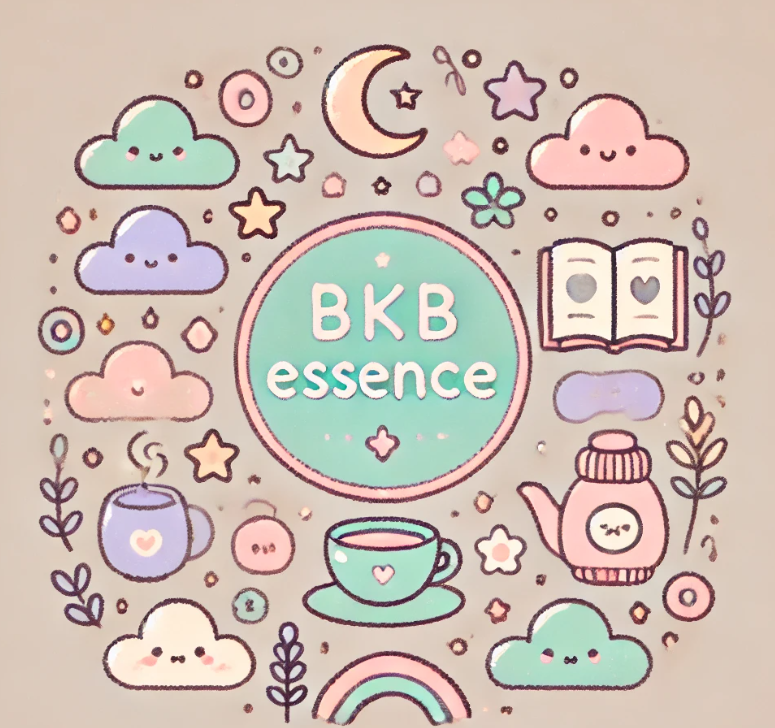Inkscape and SVG to PNG Conversion FAQ
1. What is Inkscape and why is it a good choice for digital design?
Inkscape is a free, open-source vector graphics editor. It is a powerful tool that offers a wide range of features for creating and editing vector graphics, making it suitable for both beginners and experienced designers. Its key advantages include:
- Free and accessible: Being open-source, it’s free to download and use, making it a great option for budget-conscious individuals and organizations.
- Versatility: Inkscape can be used for a wide range of design tasks, including creating illustrations, logos, diagrams, web graphics, and more.
- Vector graphics: Vector graphics are scalable without losing quality, making them ideal for designs that need to be used in various sizes.
- Beginner-friendly: Despite its advanced capabilities, Inkscape is designed with an intuitive interface and plenty of tutorials and resources available online, making it relatively easy to learn.
- Strong community support: Inkscape boasts a large and active community of users who contribute to its development and provide support through forums, tutorials, and other resources.
2. What are the benefits of using SVG files for digital designs?
SVG (Scalable Vector Graphics) files offer several advantages over other image formats like PNG or JPEG, especially for digital designs:
- Scalability: SVG images can be resized without any loss of quality. This is because they are based on mathematical formulas rather than pixels.
- Small file size: SVG files are generally smaller than raster image formats, making them ideal for web use and faster loading times.
- Editability: SVG files can be easily edited and manipulated using vector editing software like Inkscape. You can change colors, shapes, and other attributes without degrading the image quality.
- Accessibility: SVG files are text-based, making them accessible to screen readers and other assistive technologies.
3. When would I need to convert an SVG file to PNG format?
While SVGs are generally preferred for digital designs, there are instances where converting them to PNG format becomes necessary:
- Compatibility: Not all platforms and software support SVG files. PNG is a widely supported raster image format that ensures compatibility across various applications and websites.
- Specific Use Cases: Certain applications like social media platforms, email clients, or printing services may require images in PNG or other raster formats.
4. How do I convert an SVG file to a PNG using Inkscape?
Inkscape makes SVG to PNG conversion straightforward:
- Open your SVG file: Launch Inkscape and open the SVG file you want to convert.
- Check your page size: Go to File > Document Properties and ensure the page size correctly frames your design. Adjust if needed to avoid extra space in the exported PNG.
- Export your design: Navigate to File > Export PNG Image (or use the shortcut Shift + Ctrl + E). This will open the Export panel on the right.
- Choose the export area: In the Export panel, select what you want to export:
- Page: Exports the entire page, including any background.
- Drawing: Exports only the objects in your design.
- Selection: Exports only the selected objects.
- Set the DPI: Higher DPI values result in better image quality but larger file sizes. 300 DPI is a standard for most uses.
- Select the file location: Click Browse to choose where to save your PNG file and give it a name.
- Export: Click the Export button to save your PNG file.
5. What is DPI, and why is it important when converting to PNG?
DPI stands for Dots Per Inch. It refers to the resolution of a raster image, like a PNG. A higher DPI means more pixels are packed into each inch, resulting in a sharper, higher-quality image.
When converting an SVG to PNG, choosing the appropriate DPI depends on the intended use:
- Web use: 72 DPI is generally sufficient for images displayed on websites.
- Print: 300 DPI or higher is recommended for images that will be printed.
6. Can I edit a PNG file in the same way as an SVG file?
No, PNG files are raster images, while SVGs are vector images. This means PNGs are made up of pixels, and editing them can lead to quality loss, especially when resizing or changing shapes. In contrast, SVGs remain editable and scalable without quality degradation.
7. Are there any other resources available for learning more about Inkscape?
Yes, Inkscape has a thriving online community that offers a wealth of resources for learning and support:
- Official Inkscape Website: Provides documentation, tutorials, and FAQs.
- Inkscape Forums: A place to ask questions, get help, and connect with other users.
- Online Tutorials: Numerous websites and YouTube channels offer comprehensive Inkscape tutorials for all skill levels.
8. What are some tips for beginners starting with Inkscape?
- Start with the basics: Familiarize yourself with the interface, basic tools, and essential concepts like paths, nodes, and layers.
- Follow tutorials: There are tons of excellent tutorials available online that can guide you through various aspects of Inkscape.
- Practice regularly: The best way to learn any software is to use it consistently. Experiment with different tools and features to build your skills.
- Join the community: Engage with the Inkscape community through forums and online groups to ask questions, share your work, and learn from others.



Comments ()